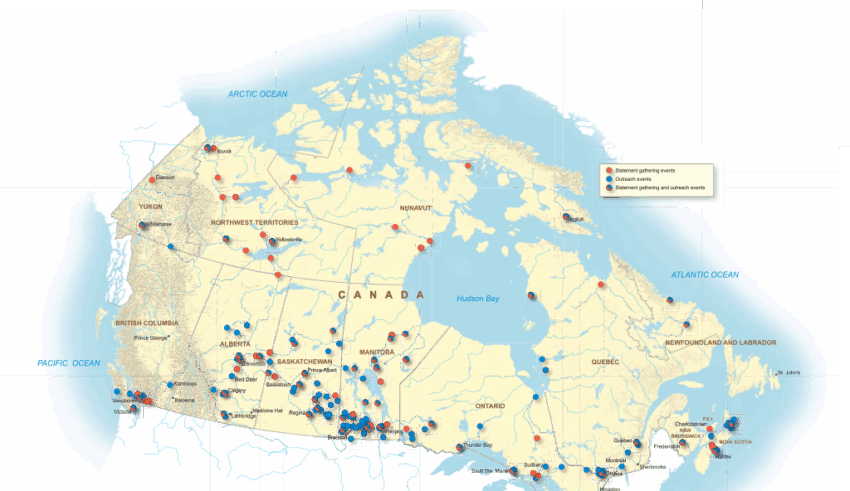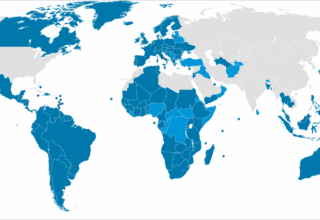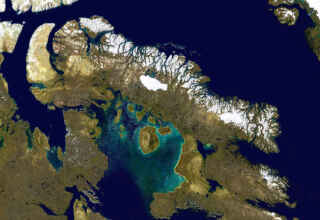
Canada stands at a crossroads where economic ambitions clash with the rights of Indigenous communities. At the heart of this debate lies the ancestral right of the Indigenous community over their lands. Legally, Section 35 of the Constitution Act of 1982 recognizes and affirm their existence and their rights within Canada’s territory, providing strong legal protection against land grabbing. However, it does not make it impossible to happen: under the Sparrow Test, from R. v. Sparrow, 1990, the government can justify infringements on Indigenous rights if it proves to be for a greater need of the nation itself, such as conservation, national infrastructure, or economic development.
Therefore, the ongoing struggle of Indigenous groups is about reclaiming sovereignty over their traditional territories while the government pushes for resource-driven economic expansion. As pipelines, mining projects, and logging operations gain momentum, Indigenous leaders and activists continue to demand their rightful say in these developments.
Landmark cases such as Tsilhqot’in Nation v. British Columbia of 2014 affirm Aboriginal title over unceded lands, bolstering Indigenous claims to decision-making power. However, these legal victories do not always translate into practical autonomy. Federal and provincial governments, along with corporate interests, often navigate regulatory loopholes to proceed with large-scale projects without full Indigenous consent.
Canada’s resource-driven economy depends heavily on industries that require access to vast tracts of land. The oil sands of Alberta, logging operations in British Columbia, and mining ventures across the country contribute significantly to GDP and employment. Governments argue that these projects bring essential revenues, infrastructure, and job opportunities, including for Indigenous communities.
While some Indigenous nations engage in partnerships that provide economic benefits, others resist, citing environmental degradation, cultural erosion, and a lack of meaningful consultation. The struggle between economic growth and land rights has turned into a national dilemma, with Indigenous communities divided between potential financial gains and the preservation of ancestral lands.
For example, the Canadian government has recently been accused of breaching Indigenous land rights, allowing the company Trans Mountain to expand the federal government-owned pipeline from Alberta through British Columbia, reaching Jacko Lacke. Indigenous people have strongly opposed the company’s interference in their territory, standing on their ancestral rights and culture, affirming that the lake is sacred. Trans Mountain initially agreed to a costly, less-invasive method known as micro-drilling to dig under and around the lake to appease concerns of Indigenous communities living there. However, later on, the company went before the Canada Energy Regulator to argue that its method was technically unfeasible and far too costly. The regulator sided with the company, effectively giving permission to grab land to build the pipeline next to the lake, which is currently happening.
It is clear that Canada still struggles to fully embrace Indigenous self-determination. Genuine reconciliation requires more than symbolic gestures, such as small victories in front of the national Court. It demands legal reforms that empower Indigenous communities and prioritize their consent in all resource projects within their territory. The implementation of the United Nations Declaration on the Rights of Indigenous Peoples (UNDRIP) in Canada could be a step in the right direction, ensuring that Indigenous voices shape economic decisions affecting their territories.
Collaboration is still possible. Some Indigenous-led initiatives, such as the First Nations Major Projects Coalition, demonstrate that economic development and Indigenous sovereignty are not mutually exclusive. For example, as Canada transitions to a cleaner energy future, Indigenous communities are now beginning to be included among projects, both because of their knowledge on ensuring sustainability and because the government’s demand for abundant, affordable electricity is making it necessary to enter their land. Equitable revenue-sharing models seem, therefore, to be the path forward, along with environmental agreements, and Indigenous-led resource management projects, which could provide a blueprint for sustainable progress.
Canada’s dual battle over Indigenous territories is not simply a legal or economic issue, it is a moral one, about their human right not to be exploited and cancelled in favour of economic growth. Until Indigenous land rights are fully recognized and integrated into economic planning, conflicts will persist. The future of the country, therefore, depends on its ability to balance economic ambitions with justice for Indigenous peoples, ensuring that growth does not come at the cost of erasing Indigenous sovereignty.
By The European Institute for International Relations















